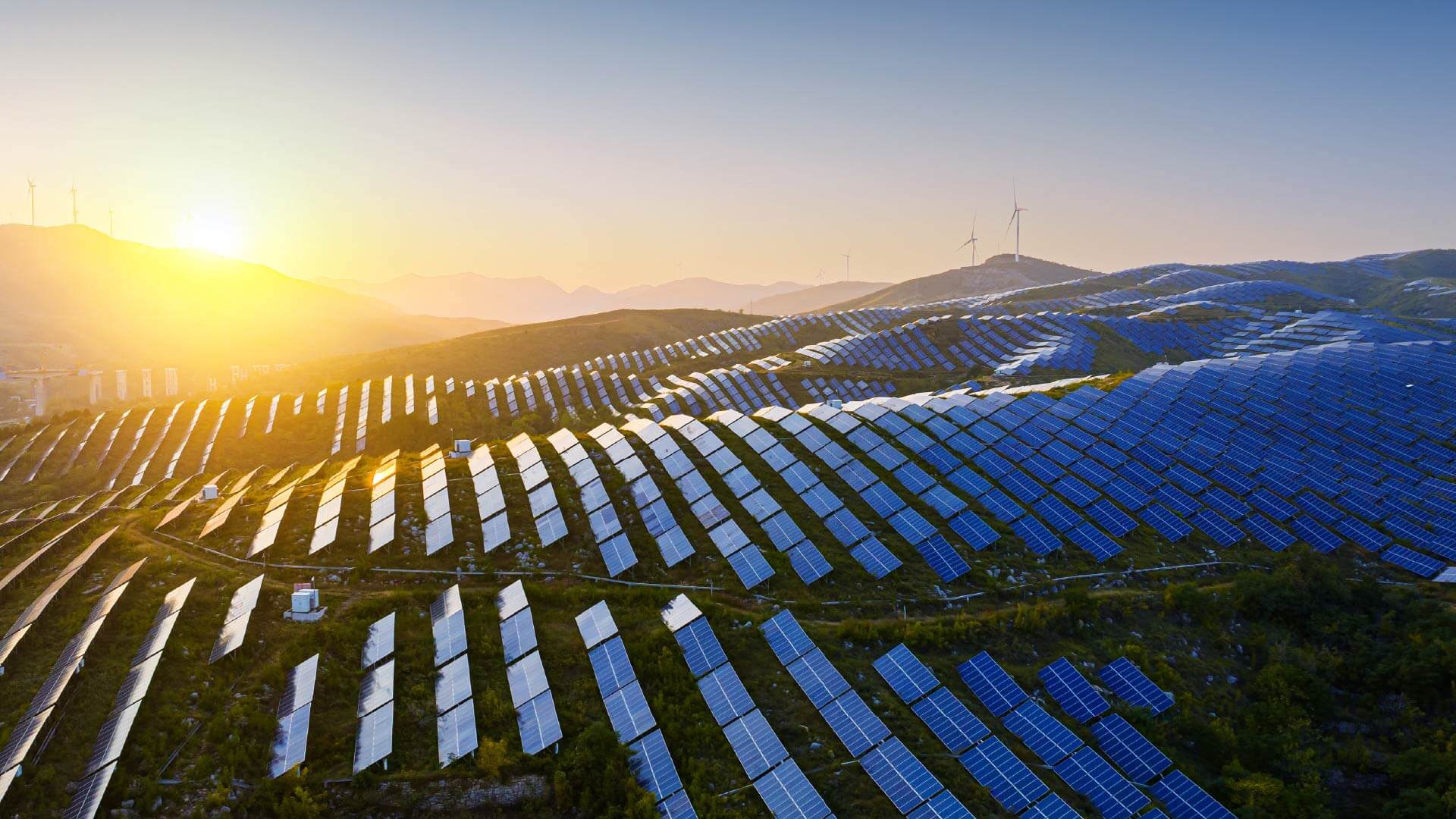Three Factors That Will Determine The Energy Transition For Your Industry And Firm
The next 20 years will define the transition from fossil fuels to renewables as a main energy source. According to the International Energy Agency (IEA), fossil fuel demand could peak as early as 2030. Firms across all industries will face challenges and opportunities as they develop and deploy energy transition plans, following different trajectories. Not all of them will be leaders: some will take much longer to adjust their business models.
In the recently published report Strategic Focus: Leaders And Laggards Of The Energy Transition 2025-2045, Verdantix highlights three key dimensions to identify winners and losers in the energy transition over the next 20 years. These are:
- Renewable energy availability.
The Verdantix 2024 Net Zero Global Corporate Survey found that renewable energy procurement and on-site renewable energy generation were a high priority for decarbonization initiatives over the next three years for 44% and 36% of respondents, respectively. However, renewable energy availability is location-dependent. China, defined by the IEA as a “clean energy powerhouse”, was responsible for 73% of all renewable energy produced in APAC in 2023. The EU is not lagging, with significant planned investments to phase out fossil fuels and update the grid under the REPowerEU plan. In the US, despite important steps forward with the Inflation Reduction Act (IRA), current renewable energy capacity remains low. - Regulatory landscape.
Government incentives and regulatory support will be essential in the energy transition. Carbon pricing mechanisms, such as the successful EU emissions trading system (ETS), act as an important energy transition driver for firms with hard-to-abate emissions. Following the full implementation of the EU Carbon Border Adjustment Mechanism (CBAM), non-EU producers of cement, steel and other materials will be subject to the same carbon price. Asset-specific rules and policies, such as the Energy Performance of Buildings Directive in the EU, and fleet fuel efficiency measures in the US, will stimulate car manufacturers' electric vehicle (EV) production. - Technology readiness.
Fossil fuels are intrinsic to some hard-to-abate sectors, such as petrochemicals, with these industries pinning their decarbonization trajectories to carbon removal technologies that are still immature. In other cases, production processes are only sustainable through fossil-fuel-based combustion, with electricity-based technologies not yet commercially available at scale. This is the case for steel manufacturing, for instance, for which electric furnaces would need to achieve extremely high temperatures. This technology requires significant investment to be scalable. On the other hand, technologies such as heat pumps are becoming more common, to decarbonize buildings.
To learn more about the energy transition potential of industries and firms, please read Verdantix Strategic Focus: Leaders And Laggards Of The Energy Transition 2025-2045.
About The Author
.png?sfvrsn=db470322_1)
Alessandra Leggieri
Senior Analyst





